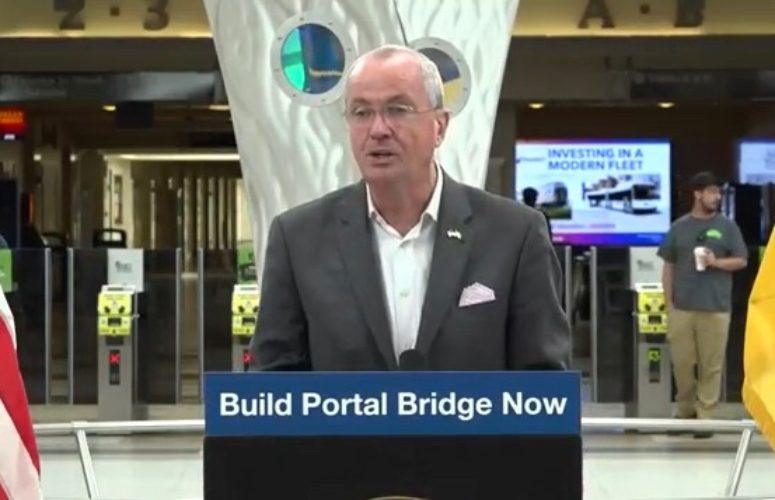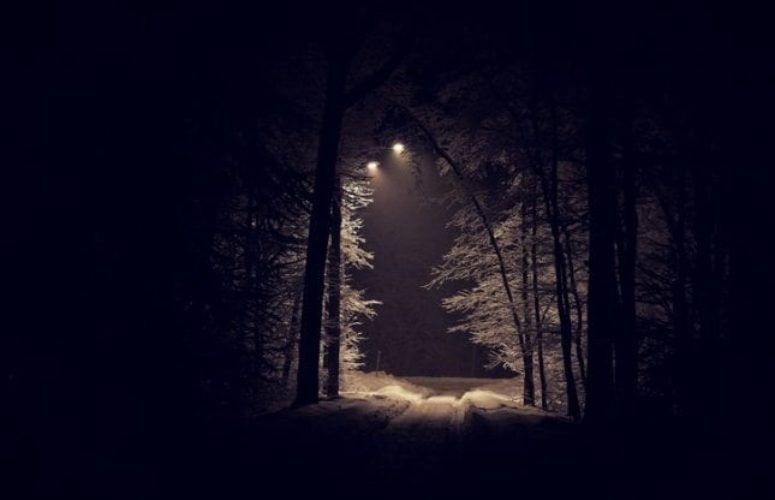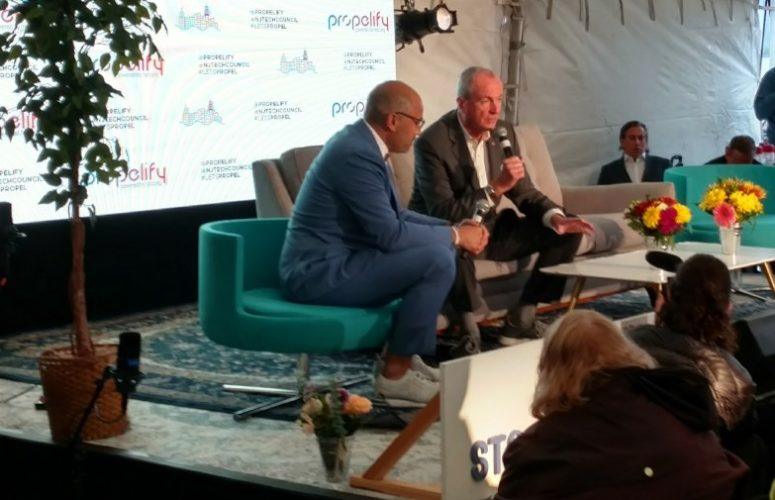
Murphy, Reps Highlight Critical Need for Portal Bridge Funding
By Jim Pytell, Assistant Editor On Aug 28, 2019Gov. Phil Murphy was joined by congressional and legislative leaders today at the Frank R. Lautenberg Rail Station in Secaucus in an effort to urge the federal government to fund its part in replacing the 108-year-old Portal Bridge, which spans the Hackensack River at the Meadowlands.
A 2019 study revealed that between 2014 and 2018, the Portal Bridge and the North River Tunnels contributed to 2,000 hours of delays to the more than 200,000 daily commuters who use them.
“Every day the Portal Bridge replacement is delayed costs an estimated $150,000,” said Governor Murphy. “Every day it costs the 200,000 daily commuters who rely on it functioning untold stress just hoping that its rusty components can hold for one more train for one more day.”
The movable Portal Bridge is known to get stuck in the open position when it has to open for maritime traffic, which causes massive delays for commuters until it is manually put back into place via a worker with a sledgehammer.
The replacement of the century-old Portal Bridge is part of the Gateway project, which also includes the construction and rehabilitation of a new rail tunnel under the Hudson River.
“If something catastrophic happens and the bridge or tunnel has to be shut down long term, it would be a $100 million per-day hit to our regional economy,” said Josh Gottheimer, U.S. Representative for New Jersey’s 5th congressional district.
“New Jersey is ready to get started on America’s next great infrastructure project,” continued Murphy. “Our administration has asked the Federal Transit Administration to allow us to begin work, but all we have gotten in return is radio silence. … While federal officials have continued to move the goalposts, New Jersey and our partners have held up our end of the bargain, have put more skin in the game, and developed financial, construction and engineering plans that are second-to-none. New Jersey is ready. The time to build the Portal North Bridge is now.”
Additionally, in an effort to further entice federal officials to pay for their part in the Gateway Tunnel project, New Jersey and New York officials submitted a new application last week asking for less help from the U.S. government.
The application states that construction of a new tunnel beneath the Hudson River and the rehabilitation of the existing 108-year-old tunnel will cost approximately $1.4 billion less than previously anticipated, resulting in an estimated cost of $9.5 billion for the new tunnel and $1.8 billion for the rehabilitation, according to the Gateway Program Development Corporation (GDC).
The GDC adds that the new Hudson River Tunnel’s level of design is now at the 30% threshold – the level typically used to move forward to bid for projects of this type.
“We have long maintained that the bridge, as part of the Gateway Tunnel system, is a federal asset, not just a local project serving local transit riders,” said NJBIA President and CEO Michele Siekerka. “The bridge and the entire tunnel system represent the most crucial viaduct in the Northeast Corridor, which represents 30% of all jobs in the US and contributes $3 trillion to our nation’s economy every year.
“The demands on this transportation system will only expand with the growth of Hudson, Bergen and Union counties and the entire New York metropolitan region. It is incumbent upon our federal leadership to recognize that safe, reliable and modern infrastructure is available to our commuters, residents and travelers to live up to those demands,” Siekerka adds.
US Representative for New Jersey’s 6th congressional district, Frank Pallone called Gateway the most important infrastructure project in the nation, a sentiment echoed by everyone who spoke at today’s press conference.
The Northeast rail corridor is the most heavily trafficked in the nation and the region produces 20 percent of the entire nation’s GDP.
“New Jersey has done its financial part to get the Gateway project moving,” Gottheimer said. “Now it’s time for our federal partners to do theirs, and actually invest in our crumbling infrastructure. The national economy depends on this key economic artery. Relying on bridges and tunnels that are more than 100 years old is reckless and short-sighted.”
To access more business news, visit NJB News Now.
Related Articles:





